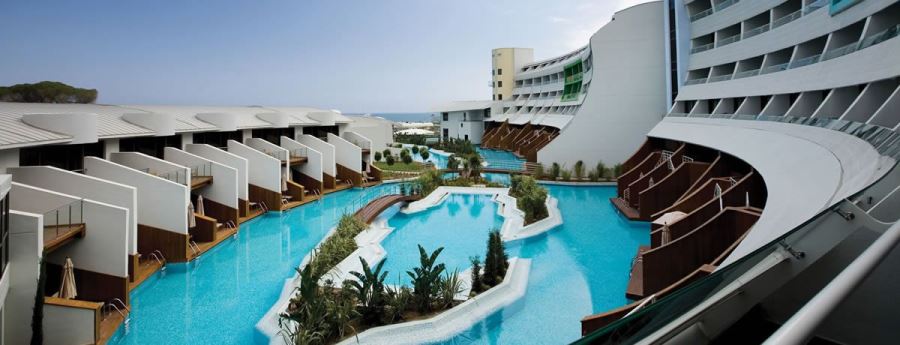| Symposium | |
|
|
|
|
| Venue | |
|
|
|
|
|
| Information | |
|
|
|
|
|
|
|
| Sponsorship | |
|
|
| Submission | |
|
|
| Program | |
|
|
|
|
|
| Registration | |
|
| Instructions | |
|
|
|
|
|
|
| Post Symposium | |
|
|
|
| Previous Events | |
|
|
|
|
|
|
PLENARY LECTURES AND VIP GUESTS
 |
Jose Henrique Noldin
Lhoist
Blast Furnace Ironmaking In Europe
[]
Back to Plenary Lectures »
|
Abstract:
Steel is the material no. 1 in the world with wide ranging properties, recycling possibilities and manifold applications for our society. Still, many challenges are posed to the survival and development of this important industry, from degrading raw materials to very strict environmental targets.
For example, iron ore quality has changed dramatically. Lower Fe and higher impurities are forcing blast furnaces to higher slag rates and new operational strategies. On top, iron ores are finer, impacting sinter plant productivity and economics for more pellets in the burden. This quality degradation does not seem to be a temporary phenomenon. Also, steel users are demanding cleaner steels, to improve properties, reduce weight and compete with other materials. This is a true challenge, deal with challenging raw materials to produce clean steels at very effective cost.
To face those challenges, blast furnaces operated in Europe are highly performing, low in reductant rates and highly efficient. Campaign lives of over 20 years have been achieved. Investments have been done in the modernization of blast furnace plants, in new coal injection facilities and new top gas recovery turbines. The lowest limit of reductant consumption under the given boundary conditions and also the resulting CO2 emissions has been achieved.
This lecture will reveal the evolution of ironmaking in Europe, discussing how the players are reacting and the most acceptable trends.
|
|
|
|








